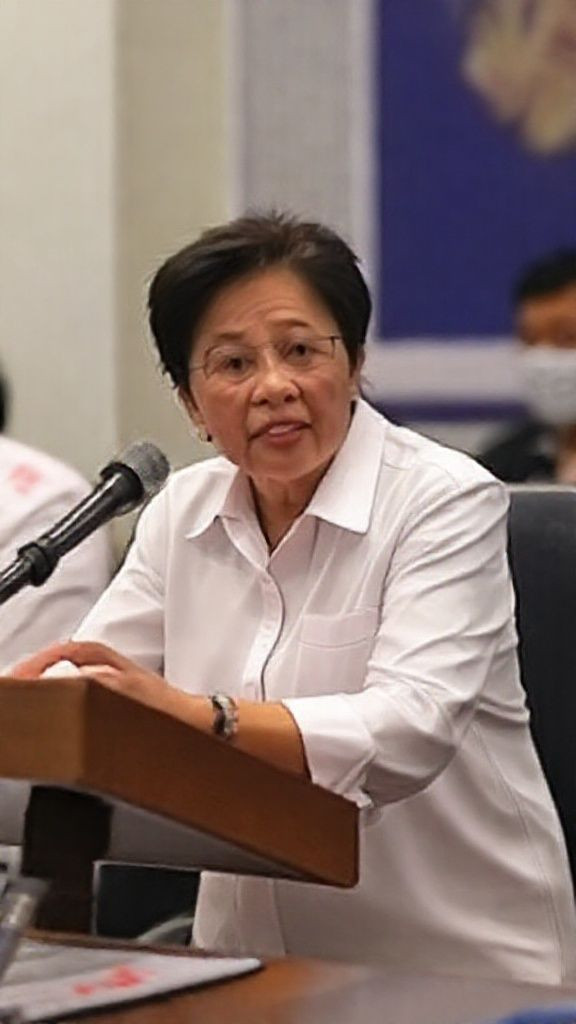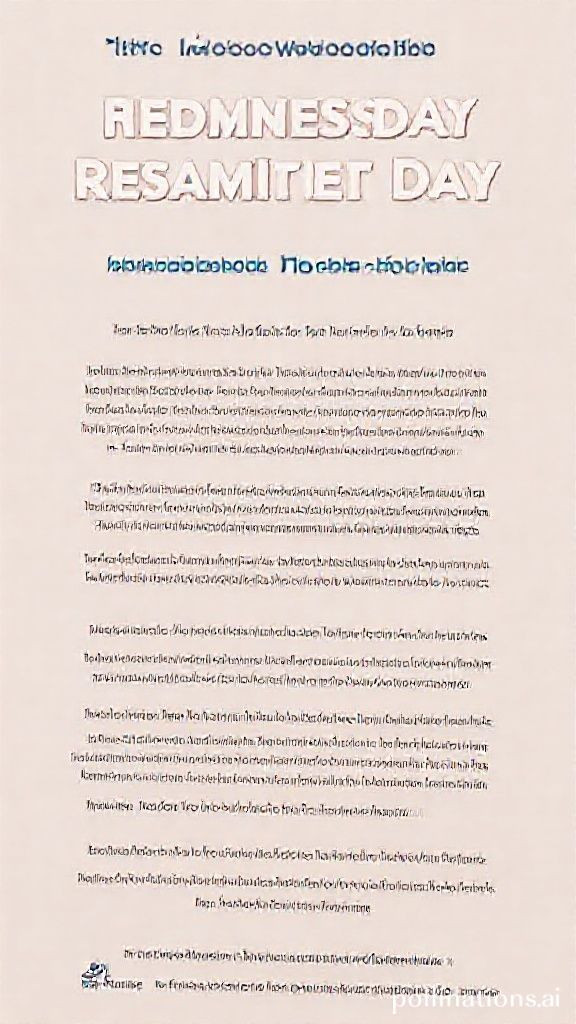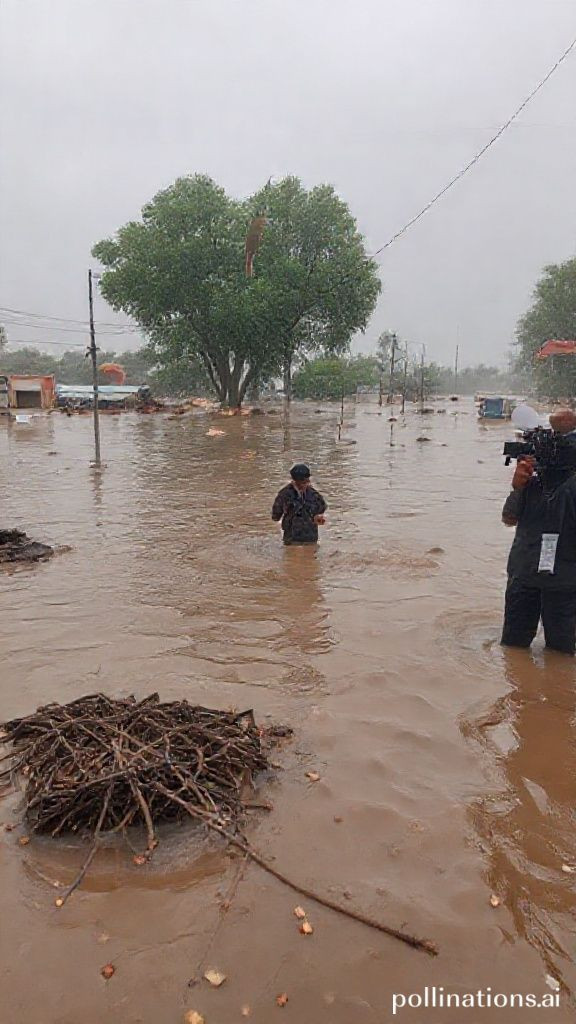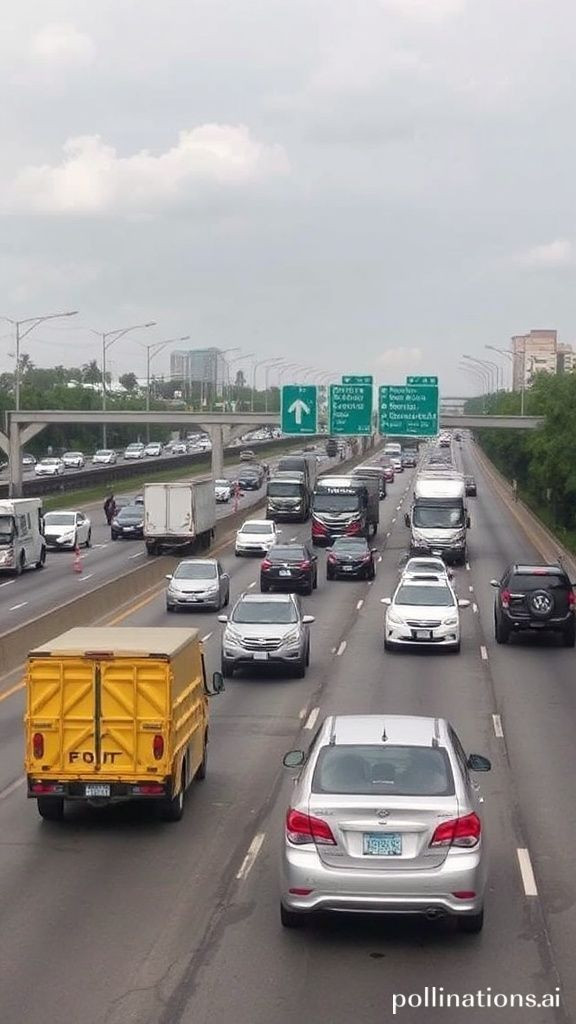
Why Meta Plans Undersea Cable to Link Five Continents The Data-Driven Pursuit of Artificial Intelligence
Why Meta Plans Undersea Cable to Link Five Continents The Data-Driven Pursuit of Artificial Intelligence
Why Meta Plans Undersea Cable to Link Five Continents The Data-Driven Pursuit of Artificial Intelligence
Meta, the parent company of Facebook and Instagram, has recently announced plans to lay an undersea cable spanning across five continents. This ambitious project aims to carry data for developing artificial intelligence (AI) and underscores the critical role that high-speed connectivity plays in today's digital landscape.
The new Project Waterworth cable will stretch over 50,000 kilometers, connecting the US, South Africa, India, Brazil, and other regions. This monumental endeavor marks a significant shift in the global data transmission infrastructure, as Meta joins the ranks of tech giants like Google and Amazon, which have already invested heavily in undersea cables.
The Drive Behind High-Speed Connectivity
So, what drives this push for high-speed connectivity? The answer lies in the insatiable demand for data fueled by the rapid growth of AI. As Alan Mauldin, research director at Telegeography, explains At some point when your growth is so big and your demand volumes outweigh other people's, you're incentivised to invest yourself, cut out the middleman.
Resilient Networks
Google and Meta have been particularly aggressive in their pursuit of undersea cable infrastructure. Their efforts are driven by the vast appetite for data from their platforms like YouTube, Facebook, or Instagram. In fact, Google has already invested in 16 undersea cables, while Meta is set to launch its third as a sole owner with Project Waterworth. The importance of resilient networks cannot be overstated. Every year, around 200 incidents of damage to cables can occur due to natural causes like underwater landslides and tsunamis, or human ones like dragging ship anchors or fishing equipment. This highlights the need for multiple redundant paths to ensure continuous data transmission.
AI Stoking Data Traffic
The growth of AI is expected to further stoke demand for high-speed connectivity. Training new AI models can require piping large amounts of data quickly to the sites of computing clusters around the globe, while AI inference – its actual responses to users' prompts – will also have transmission requirements. This presents a significant challenge for undersea cable infrastructure providers.
The Importance of Secure and Reliable Data Transmission
NATO's recent launch of dedicated patrols in the Baltic Sea serves as a stark reminder of the importance of secure and reliable data transmission. The threat of deliberate sabotage and spying only adds to the urgency of this issue.
Conclusion
In conclusion, Meta's Project Waterworth undersea cable project is a testament to the company's commitment to driving AI innovation through high-speed connectivity. As we look ahead to 2025 and beyond, it will be critical for equestrians – those who harness the power of data and technology – to stay ahead of the curve in this rapidly evolving landscape.
Keywords undersea cable, artificial intelligence, data transmission, Meta, Google, Amazon, Telegeography






